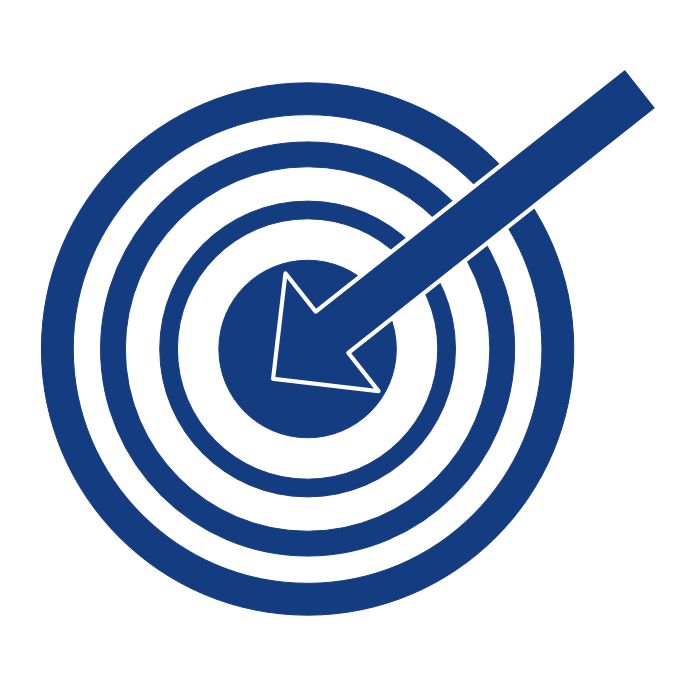Unit 1
Welcome to unit 1 – The defined role of the student! In this unit you get insight into …
- the role of the student and how it is defined
- the role of the student in the participation process
Learning goal

- You know more about your role as a student.
- You can decide how you want to fulfil your role as a student.
Students’ roles
Many definitions try to catch the idea of the role of the student. Is he or she more than a learner? Is he or she more than a colleague in the academic world? What roles can students play in the participation process?
This unit is meant to give you a first insight into the different role models of students as well as an idea of student participation.
The concept of student engagement
Student engagement can be described by means of two different ideological positions:
However, if students see themselves as external consumers, like in the market model, this does not necessarily promote cooperation between the institution and the students. Therefore, in this project we put the focus on the development model and commit to the definition of ‘students as partners’.
#ESU definition – ‘students as partners’
To clarify your role as a student, let’s have a closer look at the official definition of the European Student Union (ESU):
“A partnership goes far beyond the mere consultation, involvement, or representation of students in decision-making processes. Where a partnership exists, students do not only identify areas that could be enhanced, but they help to identify ways in which that enhancement can be carried out, as well as to help facilitate the implementation process wherever possible.
Above all, a true partnership means that neither party acts unilaterally but rather that there is an active collaboration between the two. Each party must recognise what the other brings to the table and must value that contribution for the cooperation to work
In this way, a partnership can be seen as opposed to a transactional or consumerist relationship. Students actively participate in shaping and co-producing their education, rather than merely receiving it passively. This includes the effort that students put into their learning process in the classroom, but also the work that students are increasingly doing to shape their experience at the course, departmental, institutional and national levels.”
Source: European Students’ Union – Students as partners
Students’ roles in respect of the drivers of student engagement
As already mentioned in section “student participation” there are various drivers of student engagement. We use the following key drivers to describe the diversity of student roles:
Source: cf. Tom Collins and team (2016): Enhancing Studen Engagement in Decisionmaking. Report of the Working Group on Student Engagement in Irish Higher Education. Report, Ireland.
Additional material and literature
- Manja, Klemencic: The public role of higher education and student participation in higher education governance. In: CHERI Report, S. 74–83.
- European Students’ Union: https://www.esu-online.org/

